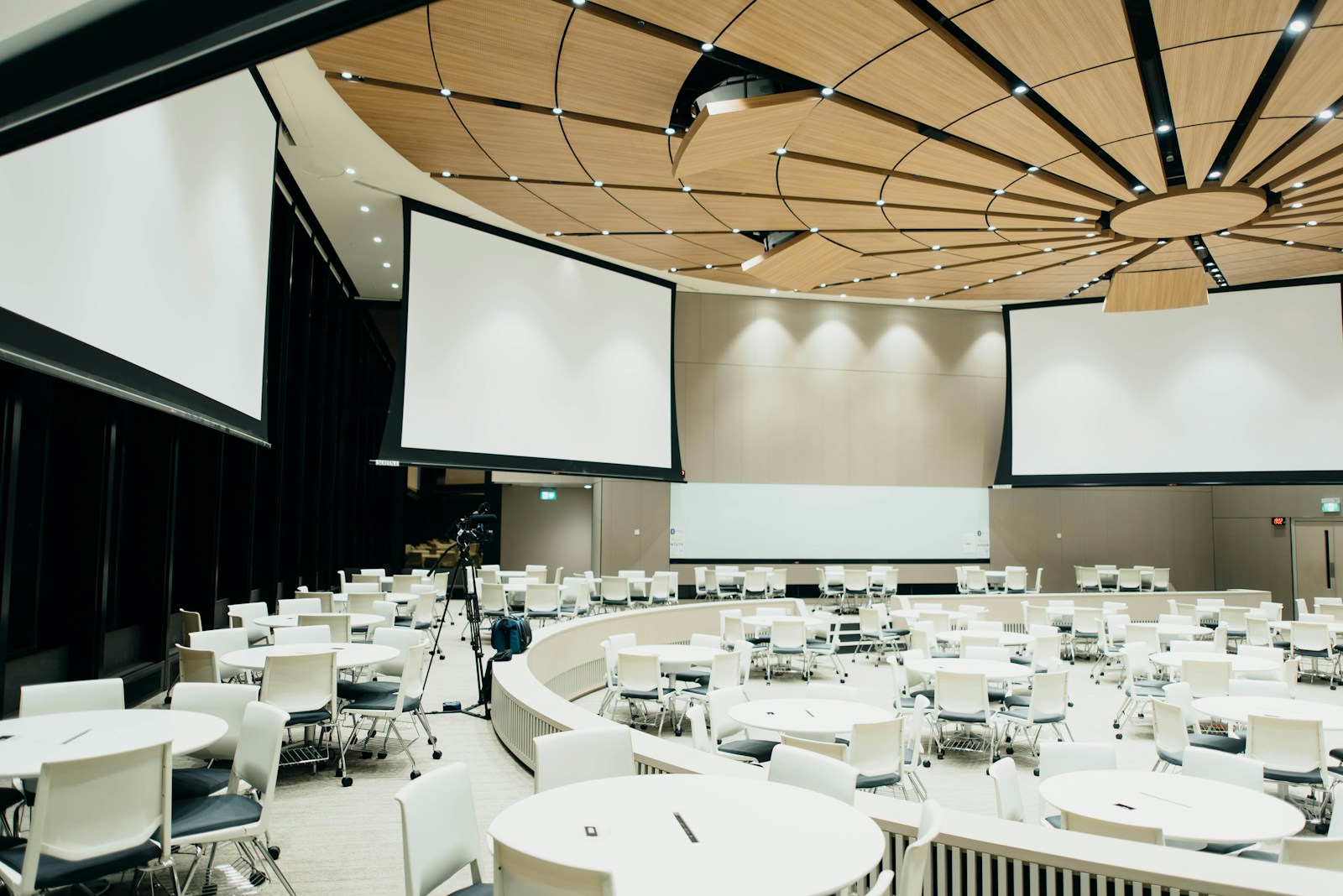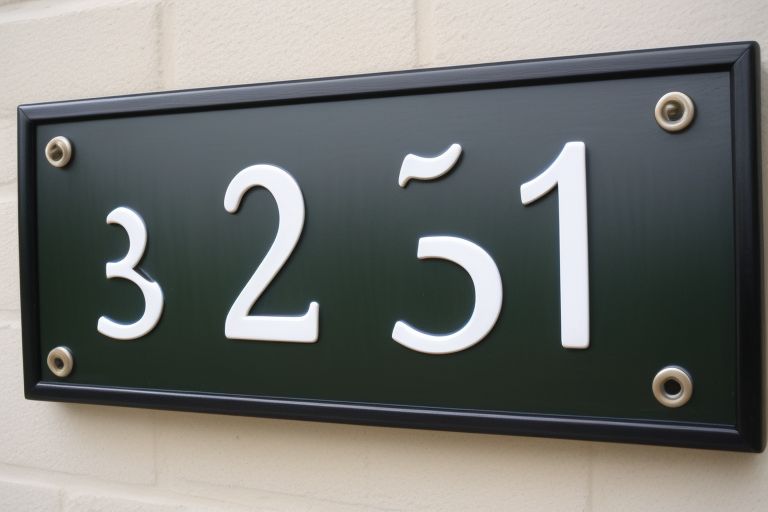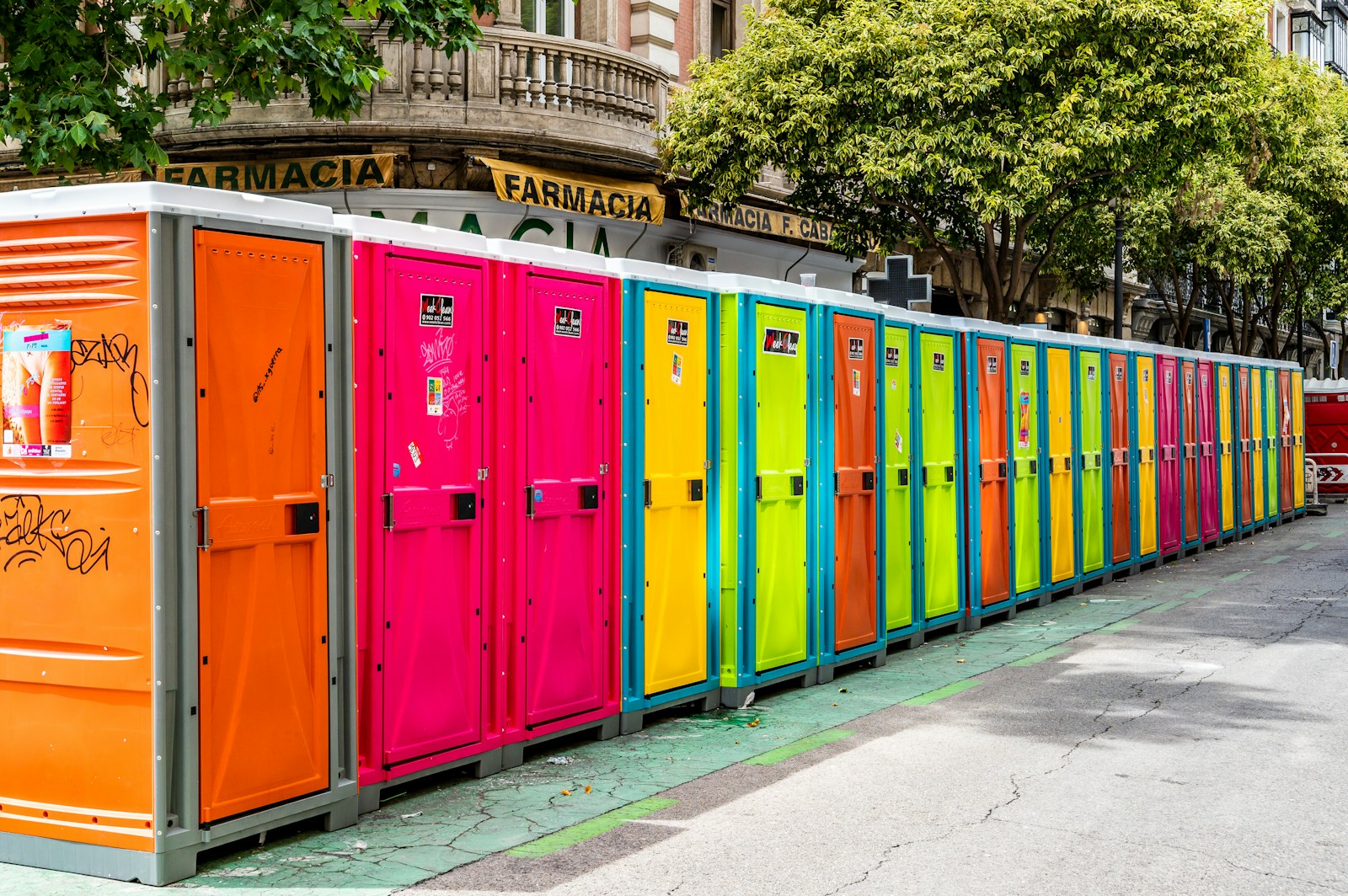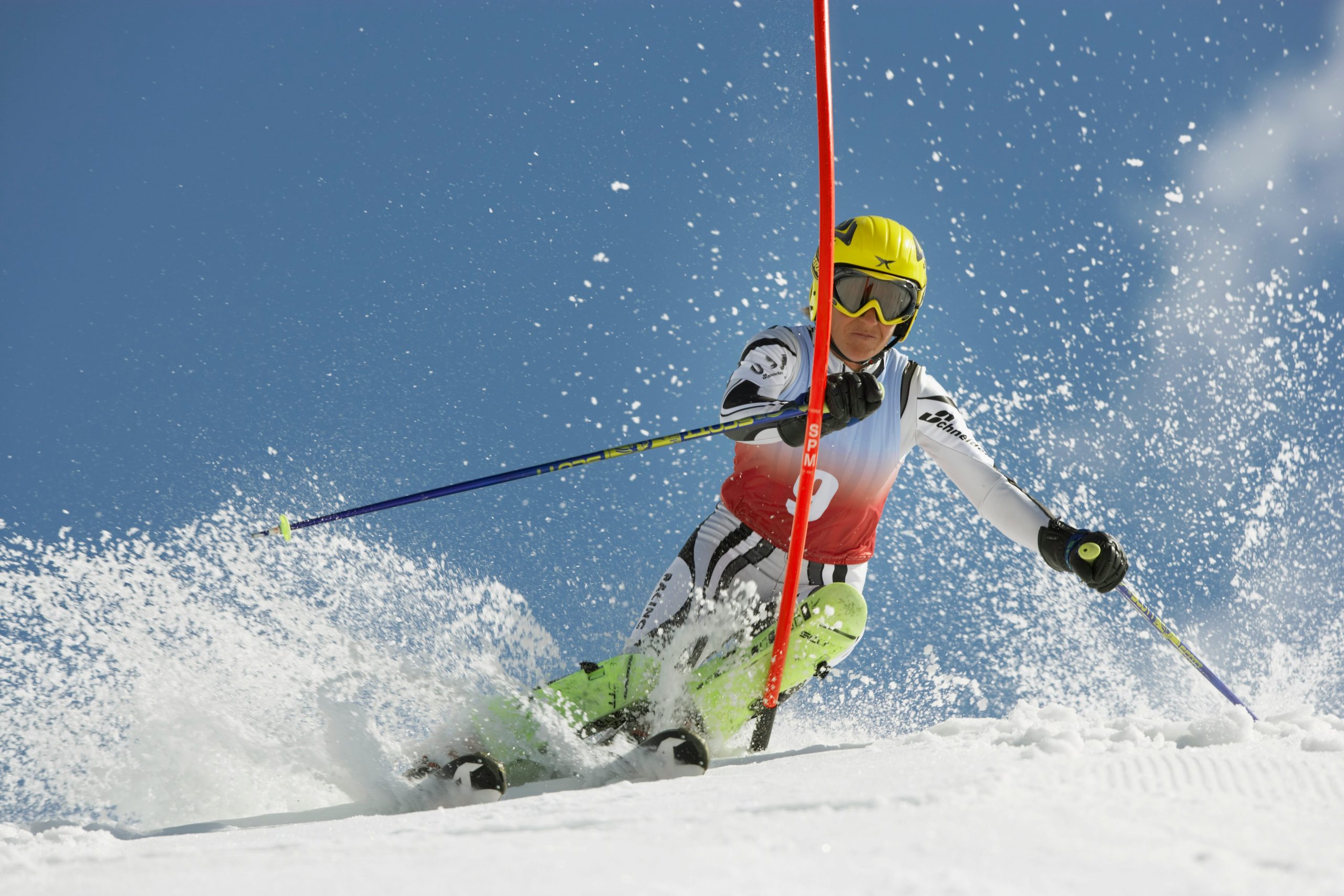The meticulous planning and execution of events demand a comprehensive approach to safety considerations. Event organizers must prioritize the well-being of attendees by implementing measures that mitigate potential risks.
Event flooring, often overlooked in the broader scope of event logistics, plays a critical role in contributing to overall event safety. This article delves into the multifaceted aspects through which event flooring serves as a crucial component in fostering a secure environment.
1. Slip and Fall Prevention
Event safety hinges on the mitigation of slip and fall incidents, which can result in injuries and legal ramifications. The choice of event flooring significantly influences the traction and slip resistance of the venue.
Surfaces prone to spills or inclement weather conditions, such as outdoor events, necessitate flooring solutions that offer enhanced slip resistance. Materials like non-slip vinyl, interlocking tiles, or carpeting with low-pile and high-density fibers contribute to minimizing the risk of slips and falls.
2. Impact Absorption for Enhanced Safety
Certain events involve dynamic activities or may have elevated stages and platforms. In such scenarios, the flooring’s ability to absorb impact becomes paramount. Flooring materials with shock-absorbing properties, such as rubberized surfaces or foam underlays, act as a protective barrier against injuries resulting from accidental falls or collisions.
The strategic integration of impact-absorbing elements into event flooring aligns with a proactive approach to safety.
3. Fire Safety Compliance
Adherence to fire safety regulations is a non-negotiable aspect of event planning. Event flooring Australia, being a crucial component of the venue infrastructure, must comply with fire safety standards. Fire-resistant materials, such as certain types of carpeting, contribute to creating a safer environment by minimizing the risk of fire propagation.
Ensuring that event flooring aligns with relevant fire safety codes is imperative for the protection of attendees and the overall success of the event.
4. Electrical Safety Considerations
Events often involve the use of various electrical equipment, lighting setups, and sound systems. The event flooring must accommodate these technological requirements while prioritizing electrical safety. Materials that provide insulation against electrical currents, such as rubberized flooring or modular tiles with insulating properties, contribute to preventing electrical hazards. Mitigating the risk of electrical shocks is paramount for ensuring the well-being of attendees and the overall success of the event.
5. Accessibility and Egress Routes
Compliance with accessibility standards is not only a legal requirement but also a fundamental aspect of event safety. Event flooring must facilitate the smooth movement of all attendees, including those with mobility challenges.
Smooth and even surfaces, along with well-designed ramps and pathways, contribute to the accessibility of the venue. Consideration of egress routes and emergency exits is integral to the event flooring strategy, ensuring swift and unimpeded evacuation in case of emergencies.
6. Load-Bearing Capacity for Equipment and Structures
Certain events necessitate the installation of heavy equipment, stages, or structures. Event flooring must possess the requisite load-bearing capacity to accommodate these elements without compromising safety. Materials like reinforced modular tiles or heavy-duty carpeting are designed to withstand substantial loads, ensuring structural integrity and preventing hazards associated with equipment failures or collapses.
7. Hygiene and Cleanliness
Maintaining a hygienic environment is essential for preventing the spread of illnesses and ensuring the well-being of attendees. The choice of event flooring contributes significantly to the overall cleanliness of the venue. Materials with antimicrobial properties, easy-to-clean surfaces, and resistance to staining enhance hygiene standards. A clean and well-maintained floor not only fosters a positive attendee experience but also minimizes the risk of health-related issues.
8. Weather Resistance for Outdoor Events
Outdoor events are susceptible to variable weather conditions, including rain, heat, or cold. Event flooring for outdoor venues must be weather-resistant to maintain safety standards.
Materials like synthetic turf, interlocking tiles with drainage capabilities, or modular flooring systems designed for outdoor use provide effective solutions. Ensuring that the event flooring can withstand environmental factors contributes to both safety and the overall success of open-air events.
9. Minimization of Tripping Hazards
Trips and falls can result from uneven surfaces, exposed cables, or poorly secured flooring. The careful selection and installation of event flooring are essential for minimizing tripping hazards. Materials with low profiles, secure interlocking mechanisms, and integrated cable management systems contribute to a smooth and hazard-free environment. Proactive measures to eliminate tripping hazards align with the core tenets of event safety.
10. Emergency Response Considerations
In the event of emergencies, such as medical incidents or fire outbreaks, the flooring can either facilitate or impede swift responses. Non-slip surfaces contribute to the ease of movement for emergency responders, ensuring a prompt and effective response. The consideration of flooring materials that do not hinder the use of medical equipment or obstruct emergency exits is crucial for the overall safety preparedness of the event.
Elevating Event Safety through Strategic Flooring Considerations
Event safety is a multifaceted endeavor that requires meticulous attention to detail and a comprehensive approach to risk mitigation. Event flooring, often underestimated in its significance, emerges as a pivotal component in fostering a secure environment for attendees.
The selection of appropriate flooring materials, with due consideration to slip resistance, impact absorption, fire safety, electrical considerations, accessibility, load-bearing capacity, hygiene, weather resistance, tripping hazards, and emergency response factors, collectively contributes to the overall safety framework of an event.
A strategic and informed approach to event flooring aligns with industry standards and regulatory requirements, ensuring not only the well-being of attendees but also the success and reputation of the event.







